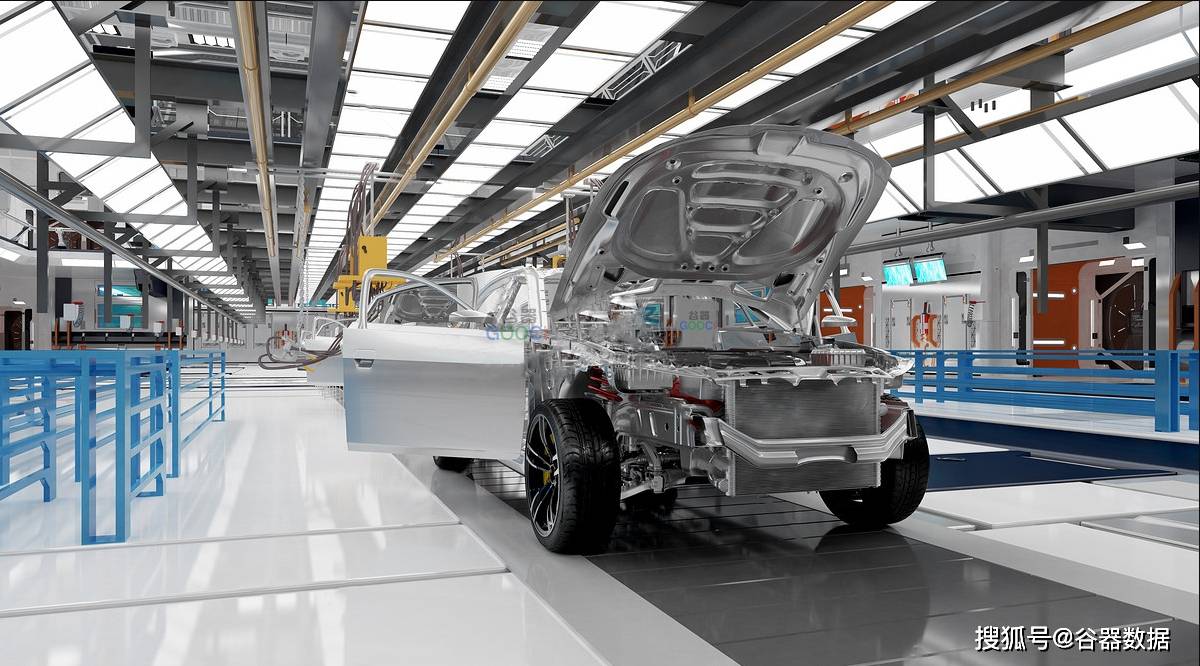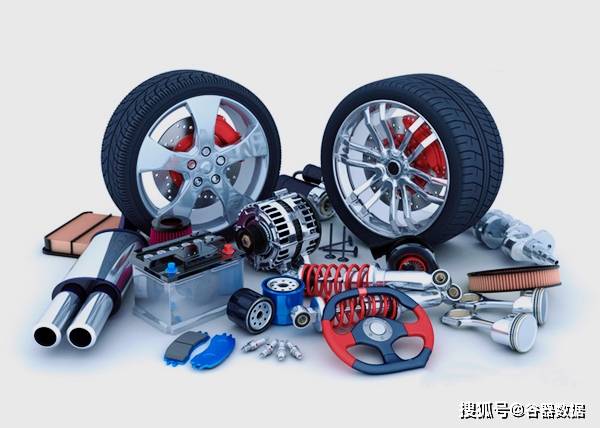The auto parts industry is located in the upper reaches of the vehicle manufacturing industry, providing various parts for the production and assembly of complete vehicles. Different vehicle manufacturers continuously introduce new models or new configurations, resulting in a wide variety of parts and geographical distribution of demand. Affected by the vehicle sales market, parts suppliers need to cooperate with the production plan and production rhythm of the vehicle manufacturers, have a high degree of timeliness requirements, and the demand for parts and components presents a state of uneven regional distribution. The vehicle manufacturing industry has high requirements for the speed of response to urgent orders or other emergencies in the parts industry and the level of service specialization achieved. In addition, the auto parts industry has a wide range of suppliers, such as suppliers of raw materials such as rubber and steel, and suppliers of machinery or plastics that provide parts, with a wide geographical distribution.
With the increasingly intensified global competition, new changes have taken place in the world's automotive industry, and the automotive collar machine industry has shown some new changes. From the perspective of development trends, in addition to the characteristics of systemization of supply, group organization, high technology and globalization of management, the foreign auto parts industry has other more notable characteristics. as follows:
1. Parts companies have independent research and development capabilities
The ability of technological innovation has become the key to winning the competition. Major international component companies have dedicated research institutions to participate in the simultaneous development and design of vehicle manufacturers, and provide serialized and modularized supporting products based on vehicle design concepts and requirements from suppliers. Vehicle manufacturers’ demand for auto parts is increasingly dependent on external independent service providers for parts and components. The responsibilities of parts and components suppliers are no longer just batch processing in accordance with samples or drawings in the traditional way, but more More responsibility for the development and design of parts, sample making, manufacturing inspection, quality assurance, batch supply and market services.
2. Form a modular hierarchical supply system
In order to simplify the automobile manufacturing process, reduce production costs, and save assembly time, the world's vehicle manufacturers increasingly require component suppliers to supply components in complete sets and systems, and develop into assembly modules. Modular production and supply methods can better meet the needs of individualized and diversified vehicle products and the rapid launch of new models on the market. Global procurement of parts and components, system matching, and module supply have become a trend and trend. Only a few large-scale component companies with advanced technology, large-scale production, and production and on-demand supply capabilities can directly supply vehicle manufacturers. Such suppliers are Tier 1 suppliers. And the supplier who produces the components to be installed in the module supplies the components to the module supplier is the second-tier supplier; and so on, there are multi-tier suppliers.
The procurement form of OEMs has become increasingly modular, and the cooperation between suppliers at all levels has become closer, resulting in a rapid reduction in the number of parts directly purchased by OEMs. The global component supplier system is gradually transforming to a pagoda structure, forming three clear levels: the first-tier supplier is responsible for managing the entire component supply chain; the second-tier and third-tier suppliers around the first-tier supplier, Make the connection and cooperation of the entire parts supply chain closer.
3. The application of e-commerce is becoming more widespread, and the degree of informatization is increasing
The informatization of the automobile industry is mainly divided into two categories: one is external informatization; the other is enterprise internal informatization. The informatization of the automobile industry is the foundation for enterprises to realize the development of electronic data exchange. In turn, the informatization of the enterprise has created a technical foundation for the informatization of the entire industry. The two rely on each other, coordinate and promote each other, and jointly promote the overall informatization development of the automotive industry. The informatization of the automobile industry not only plays a role in corporate procurement, material supply, manufacturing, and sales of finished products, but also applies to corporate management and customer management. The company’s information processing and coordination capabilities range from MRP and PP, to ERP, and then expand to SCM, VMI, and CRM. The application of information technology can reduce production and operation costs to the utmost extent, accelerate the process of enterprise internationalization, and at the same time promote the development of enterprise management level to a large extent, and widen the competition gap between enterprises in terms of resources and information processing and coordination capabilities. . A single PP/MRP system can no longer meet the development requirements of the modern automobile industry. Enterprises need to have the ability to comprehensively coordinate and process data, and an integrated information system based on the Internet platform can meet the collaborative production requirements of enterprises.
4. Lean production of parts and information management
While expanding the scale of production, the world’s advanced vehicle manufacturers are also pursuing large and comprehensive production models and traditional vertical operations. They are gradually focusing on the development of vehicle projects and streamlining the organization’s specialized production models, implementing lean production models. Reduce the proportion of self-made parts and reduce costs. Faced with the pressure to reduce costs from vehicle manufacturers, component manufacturers can only continuously seek to improve their management level and reduce costs from within the company. Modern auto parts production and management are widely used in computer technology and network technology to ensure the automation of information flow, material flow and energy flow, and the application of advanced information management systems to achieve product life cycle management, so as to achieve the best quality and lowest cost Target.
5. Continuous separation and reorganization of parts and components companies
Vehicle manufacturers are putting more and more energy on the core business of vehicle assembly, which is bound to continuously reduce the amount of self-made parts and the rate of self-made parts, and implement the development form of vertical integration. Therefore, the role transferred to you by parts manufacturing companies in the automotive industry has become more and more important. These changes will also promote the process of reorganization and mergers and acquisitions of parts and components companies. Some companies with high production and operating costs and low management levels lack the elements of competition with high-level parts and components companies, and will gradually fall off the stage of history. It will also move further towards concentration and monopoly.








 Email:
Email: